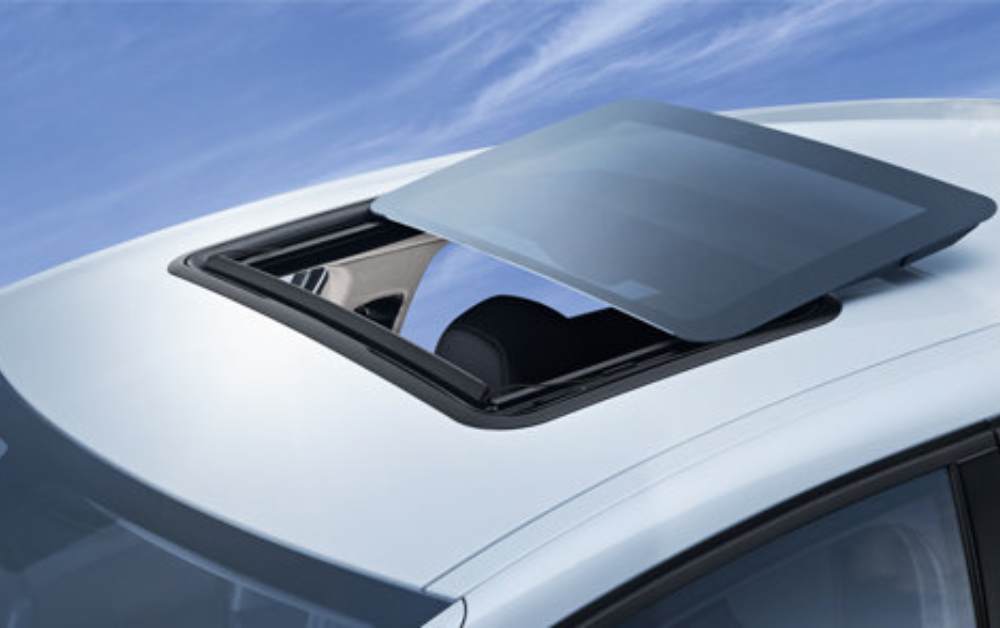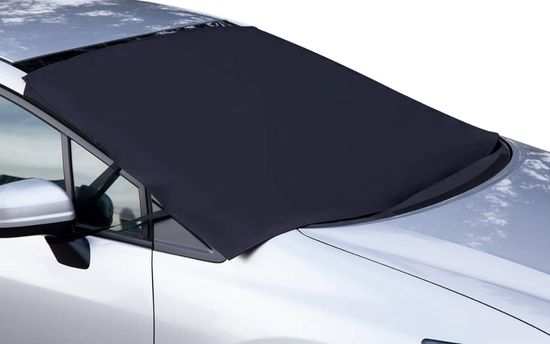When it comes to driving, safety is paramount. From advanced driver assistance systems to improved vehicle designs, the automotive industry constantly seeks innovative ways to enhance the safety of drivers and passengers. One such groundbreaking technology that has revolutionized driving safety is the photochromic windshield. This remarkable innovation adjusts its tint in response to changing light conditions, providing drivers with optimal visibility and reducing the risks associated with glare. This blog will explore how photochromic windshields work, their benefits, and their potential impact on road safety.
I. Understanding Photochromic Windshields
What are Photochromic Windshields?
Photochromic windshields, also known as self-tinting or smart windshields, are automotive glass panels that automatically adjust their tint based on the surrounding light conditions. They contain a thin film or layer composed of special photochromic materials that undergo a reversible chemical reaction when exposed to UV radiation.
How do Photochromic Windshields Work?
The photochromic materials within the windshield are engineered to darken upon exposure to UV light and return to a clear state when the UV light diminishes. This process occurs due to the activation of photoactive molecules within the material, causing them to change their molecular structure. This transformation allows the windshield to adapt to different lighting conditions, reducing glare and enhancing visibility.
II. Benefits of Photochromic Windshields
1. Glare Reduction
Glare from sunlight, streetlights, or oncoming headlights can significantly impair a driver’s vision and reaction time, increasing the risk of accidents. Photochromic windshields effectively reduce glare by automatically adjusting their tint, thus minimizing the impact of bright light on the driver’s eyes.
2. Enhanced Visibility
Photochromic windshields maintain optimal visibility by adapting to various lighting conditions. Whether it’s a sunny day, a cloudy sky, or transitioning from daylight to nightfall, the windshield adjusts its tint accordingly, ensuring the driver’s line of sight remains clear.
3. Eye Strain Prevention
Constant exposure to glare and intense sunlight can lead to eye fatigue and strain. Photochromic windshields alleviate this issue by reducing the amount of harmful UV radiation that reaches the driver’s eyes. By creating a more comfortable driving environment, they promote better concentration and reduce the likelihood of driver fatigue.
4. UV Radiation Protection
Photochromic windshields are designed to block a significant portion of UV rays, which are known to cause skin damage and increase the risk of certain types of skin cancer. With this added protection, drivers can enjoy a safer driving experience while minimizing their UV exposure.
5. Convenience and Adaptability
Unlike traditional sun visors or clip-on tinted films, photochromic windshields require no manual adjustment or additional accessories. They automatically adapt to changing light conditions, eliminating the need for drivers to engage in manual tinting or removal processes. This convenience allows drivers to focus more on the road and less on adjusting their windshield.
III. Frequently Asked Questions
Q1. Can I control the level of tint on a photochromic windshield?
No, photochromic windshields adjust their tint automatically based on the amount of UV light present. However, they generally provide a comfortable level of tint that reduces glare without compromising visibility.
Q2. Are photochromic windshields suitable for all weather conditions?
Yes, photochromic windshields are designed to adapt to various weather conditions. They work effectively in both sunny and cloudy conditions, ensuring optimal visibility regardless of the lighting conditions outside.
Q3. Do photochromic windshields work with polarized sunglasses?
Yes, photochromic windshields work well with polarized sunglasses. In fact, combining photochromic windshields with polarized sunglasses can provide an even higher level of glare reduction and eye protection. The two technologies work together to create a safer and more comfortable driving experience.
Q4. How long does it take for a photochromic windshield to change its tint?
The time it takes for a photochromic windshield to change its tint can vary depending on the specific product and the intensity of the UV light. Generally, the transition from clear to tinted or vice versa takes a few seconds to a few minutes. The process is gradual and seamless, ensuring a smooth adjustment that doesn’t disrupt the driver’s vision.
Q5. Can photochromic windshields be repaired if damaged?
In case of minor scratches or damage to the surface of a photochromic windshield, it may be possible to repair or polish the glass. However, if the photochromic layer itself is compromised, it may require the replacement of the entire windshield. It is recommended to consult a professional technician to assess the extent of the damage and determine the appropriate course of action.
Q6. Are there any downsides to using photochromic windshields?
While photochromic windshields offer numerous benefits, it’s important to note a few potential limitations. First, the speed at which the tint changes may not be as quick as manually adjusting a traditional sun visor. Additionally, photochromic technology may not be as effective in extreme conditions or situations where the intensity of UV light is limited, such as during heavy rainfall or when driving in tunnels.
Conclusion
Photochromic windshields represent a significant leap forward in driving safety technology. By automatically adjusting their tint to reduce glare and improve visibility, they enhance the driving experience while minimizing the risks associated with poor visibility and eye strain. These innovative windshields offer a range of benefits, including glare reduction, enhanced visibility, eye strain prevention, UV radiation protection, and overall convenience. As technology continues to advance, photochromic windshields have the potential to become a standard feature in vehicles, further improving road safety and providing drivers with a more comfortable and enjoyable driving experience.
As photochromic windshields become more prevalent, it’s important for drivers to understand their benefits, limitations, and how they can contribute to safer and more enjoyable journeys on the road.





